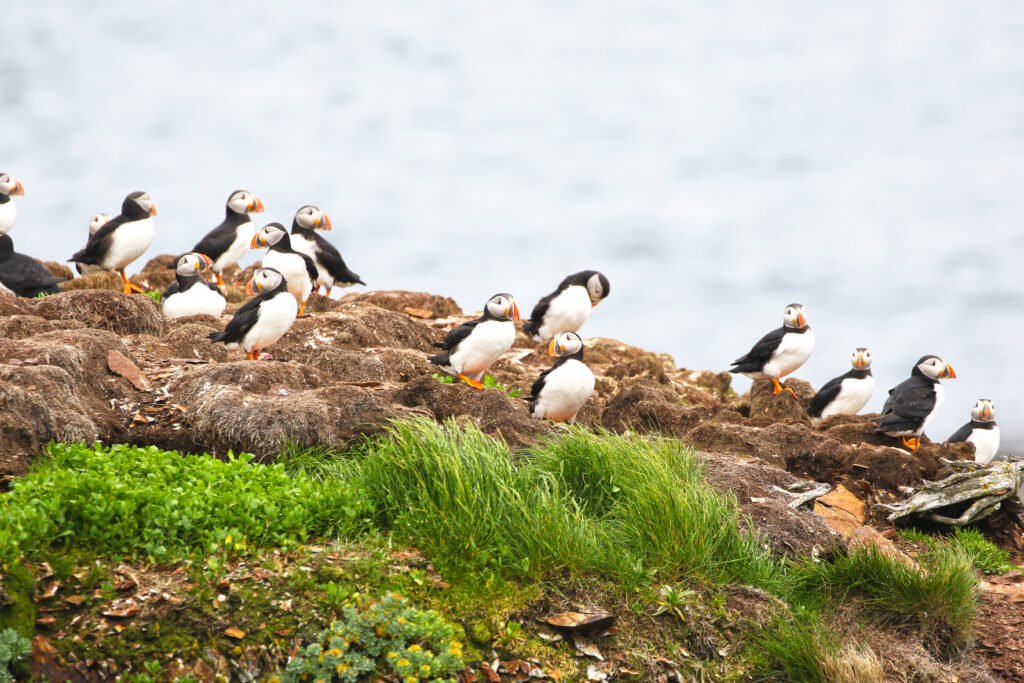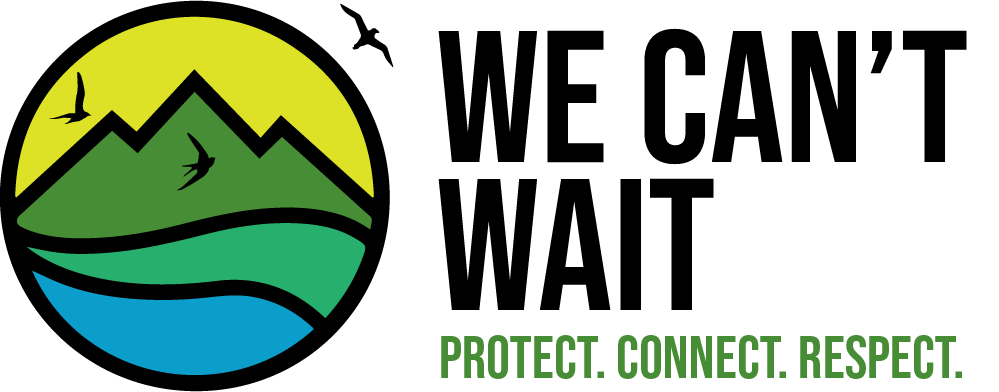Published 04/27/2023
Why We Need Marine Protected Areas

By: Anabelle Mirfatahi, Digital Communications Assistant, Ocean Program
In case you missed it, our last MPA 101 blog discussed what marine protected areas are. This blog covers the very important question of why we need marine protected areas.
Why do we need Marine Protected Areas (MPAs) in Canada?
Canada has the longest coastline in the world, stretching across the Arctic, Atlantic, and Pacific oceans. This combined ocean area is home to a wide variety of species, from glass sponges to beluga whales. Without MPAs, fragile marine ecosystems are at risk of being destroyed by human activities and face irreversible damage from climate change. When harmful human activities are stopped or reduced, ecosystems and wildlife populations can return to a natural, healthy state, and even thrive.
For three decades, CPAWS has been working to support more, stronger, and bigger MPAs to protect marine life across all three coasts of Canada. In 2015, a CPAWS report noted that less than one percent of Canada’s ocean was protected. Since then, Canada has dramatically increased the protected area of its ocean, with just under 15% currently designated as MPAs or Other Effective Conservation Measures (OECMs). Canada has committed to further increasing this total area by protecting at least 30% of the ocean by 2030.
CPAWS’s chapters have been helping for years to establish many of these new MPAs. Some of our recent successes include:
This deep-sea canyon is located off the southwest coast of Newfoundland and Labrador. The Laurentian Channel MPA, established in April 2019, is the largest no-take zone in Canada and is fully protected from all extractive and damaging activities.
Off the coast of Cape Breton Island, Nova Scotia, St. Anns Bank hosts a variety of marine species, such as leatherback sea turtles and deep-sea corals and sponges. It was designated as an MPA in June 2017, making oil and gas activities and bottom-trawling off-limits.
The Banc-des-Américains is an underwater slope off the Gaspé Peninsula in the Gulf of Saint Lawrence. This area is home to thousands of seabirds, the harbour seal, and many more marine species. In June 2018, it became an MPA with three main conservation objectives: protecting seabed habitats, protecting water column habitats and forage species (prey), and promoting the recovery of at-risk whales and Atlantic wolffish.
Hecate Strait and Queen Charlotte Sound Glass Sponge Reefs MPA
This MPA is located off the north and central coasts of British Columbia. Bottom-contact fishing is prohibited to protect glass sponges, which are an extremely fragile animal that provides habitat to many marine species, including the rockfish and shrimp. Glass sponge reefs can also store carbon, making them a nature-based climate solution.
Canada’s Marine Protected Areas

Check out CPAWS’ MPA Monitor to dive deeper into Canada’s Marine Protected Areas and visit our ocean webpage to learn more about our work.
MPA Toolbox
Other Effective Conservation Measures
The concept of Other Effective Area-Based Conservation Measures (OECMs) emerged in 2010 in the United Nations Convention on Biological Diversity (CBD). A fundamental requirement of OECMs is that they must be effective in conserving biodiversity within their natural surroundings.
These areas are managed in a way that protects wildlife and habitats, even though that is not the primary intent. For example, OECMs can be spiritual or military areas where human activity is extensively restricted for reasons other than conservation.
CPAWS’s very own Research and Conservation Coordinator for the National Ocean Program, Bani Maini, is the lead author of a recently published article in Marine Policy. Co-led by Jessica Blythe, Emily Darling, and Georgia Gurney, they conducted a Delphi study – a structured technique designed to elicit the insights of a panel of experts – to chart the value and limits of OECMs for marine conservation.
The authors identified five key challenges with OECMs, ranging from ensuring that the burden to prove effectiveness does not fall on local communities to securing adequate resources to support OECMs. No consensus was reached on how to measure the effectiveness of OECMs, highlighting the need to develop shared monitoring guidelines. These findings outline a clear policy and research agenda to support the contributions of OECMs toward equitable, effective, and enduring conservation.
Extra Resources
- CPAWS Ocean Report 2021
- CPAWS We Can’t Wait Campaign
- CPAWS Interactive MPA Dashboard
- MPA Network
- The MPA Guide
References
- Marine Policy: Charting the value and limits of other effective conservation measures (OECMs) for marine conservation: A Delphi study
ACT NOW FOR NATURE
You can make a difference. Take action in the fight against biodiversity loss and climate change by using your voice to help protect land and ocean in Canada. We can’t wait.

